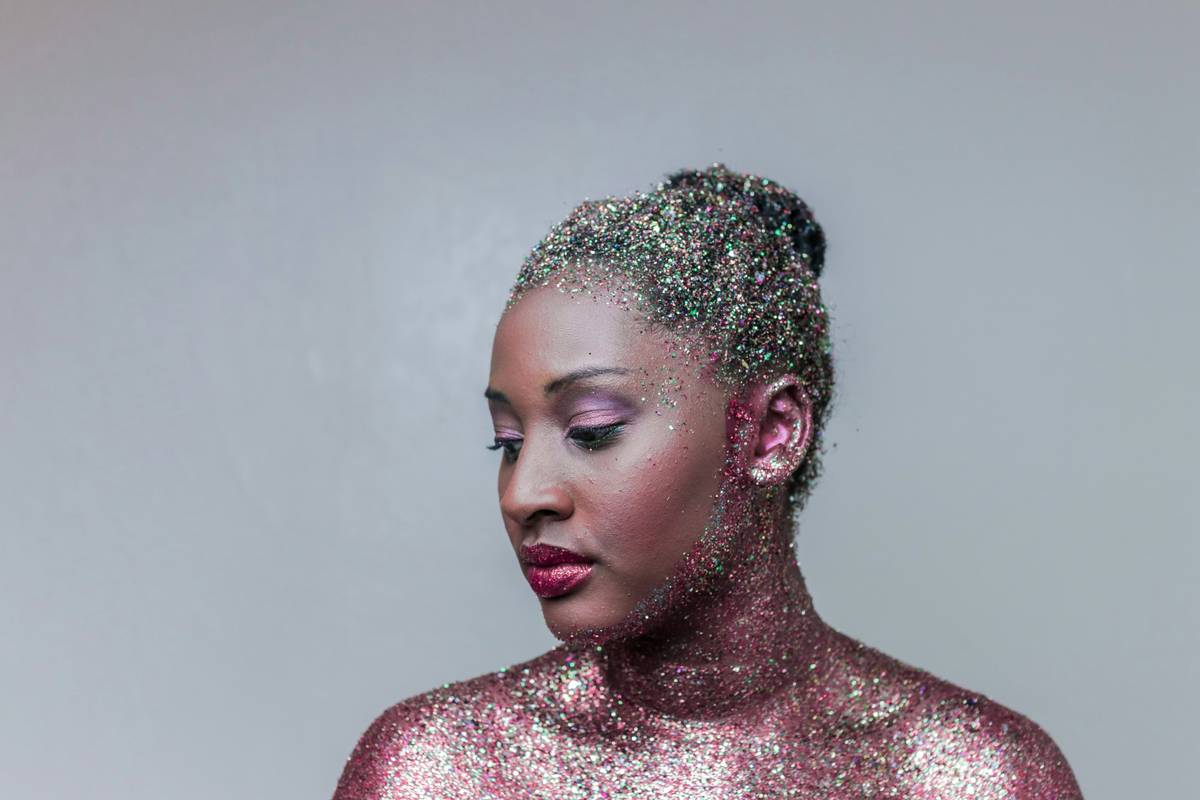Ever tried to recreate an editorial makeup look from a magazine only to end up looking like a Picasso painting? Yeah, us too. Editorial makeup artistry isn’t just about applying foundation; it’s about telling a story through colors, textures, and precision.
In this post, we’ll guide you step-by-step on how to master the craft of editorial makeup artistry. You’ll learn what makes editorial looks stand out, actionable techniques to elevate your skills, insider tips for perfecting these bold creations—and yes, even the one terrible tip you should *never* follow.
Table of Contents
- What Is Editorial Makeup Artistry?
- Step-by-Step Guide to Creating Editorial Looks
- Editorial Makeup Tips & Best Practices
- Real-Life Examples of Stunning Editorial Creations
- FAQs About Editorial Makeup Artistry
Key Takeaways
- Editorial makeup artistry involves storytelling through exaggerated yet polished looks.
- A good base canvas (flawless skin prep) is non-negotiable for high-impact results.
- Use unexpected textures and avant-garde techniques to make your work memorable.
- Avoid over-editing photos or relying solely on filters—let the art speak for itself.
What Is Editorial Makeup Artistry?
Let’s start with the basics. Editorial makeup artistry refers to the highly creative, often dramatic makeup styles seen in fashion magazines, runway shows, and high-concept photo shoots. Unlike everyday makeup, this niche thrives on pushing boundaries, experimenting with bold colors, abstract shapes, and unconventional materials.
Why does it matter? Editorial makeup tells a visual story. Whether it’s a futuristic metallic eye or a monochrome fantasy lip, each look complements the narrative of the clothing, theme, or mood.

Confessional Fail:
I once used glitter glue instead of professional adhesive during a shoot. Let’s just say my model spent more time picking sparkle shards out of their eyelashes than posing. Lesson learned: Always use quality tools!
Step-by-Step Guide to Creating Editorial Looks
Step 1: Start with Flawless Skin Prep
No masterpiece starts without a blank canvas. Begin by prepping the skin with hydrating serums and primers tailored to the model’s complexion. The goal here is to create a smooth surface that ensures longevity under harsh lighting conditions.

Step 2: Build the Foundation
Optimist You: “Full coverage foundation will hide any imperfections!”
Grumpy You: “Unless you want cake face, blend lightly and focus on enhancing natural tones.”
Step 3: Experiment with Bold Colors & Textures
This is where creativity runs wild. Use metallic eyeshadows, graphic liner designs, or statement lips to bring flair to your look. Remember, there are no rules—just endless possibilities.
Editorial Makeup Tips & Best Practices
- Invest in High-Quality Brushes: Cheap brushes can ruin even the most expensive pigments.
- Play with Dimension: Layer different textures to add depth (think matte + shimmer).
- Collab with Photographers: Work closely with photographers to ensure lighting enhances—not washes out—your hard work.
- Beware Overdone Filters: Terrible Tip Alert! While editing software can enhance images, leaning too heavily on filters kills authenticity.
Real-Life Examples of Stunning Editorial Creations
Take Pat McGrath, aka “Mother,” for example. Her groundbreaking work has graced countless magazine covers and runway shows. She’s known for using unconventional materials like crushed pearls and Swarovski crystals to push creative boundaries.

Another stellar example comes from Val Garland, who created the iconic “Duck Lips” look for Vogue Paris. These artists prove that editorial makeup artistry is equal parts skill and imagination.
FAQs About Editorial Makeup Artistry
Q1: Do I Need Special Training to Become an Editorial Makeup Artist?
While formal training helps, many successful artists are self-taught. Focus on building a strong portfolio and networking within the industry.
Q2: How Can I Stay Inspired for New Ideas?
Follow top makeup artists on Instagram, watch runway shows, and experiment regularly. Inspiration strikes when you least expect it!
Q3: What Makes Editorial Makeup Different from Bridal or Event Makeup?
Editorial makeup prioritizes artistic expression over wearability. It’s all about creating impactful imagery rather than blending into real-life settings.
Conclusion
Mastering editorial makeup artistry takes practice, patience, and a willingness to break the mold. With flawless skin prep, bold experimentation, and insider tips, you’re well on your way to creating jaw-dropping looks worthy of the runway—or your next Instagram post.
And if all else fails… “The audacity of bad lighting be damned—this strategy is chef’s kiss for drowning doubts.”
Like a Tamagotchi, your SEO needs daily care. Now go forth and paint your masterpiece!


